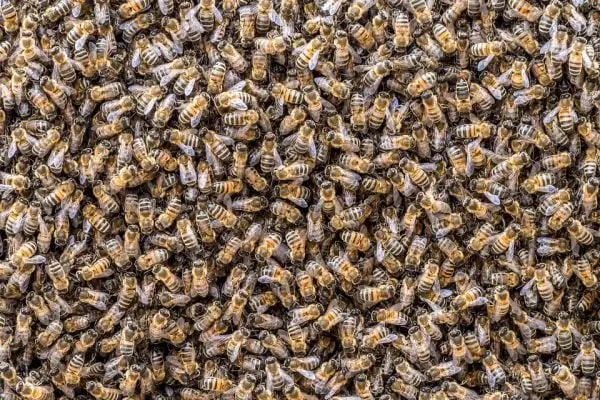Peacocks, with their dazzling plumage and captivating displays, have captivated humanity for centuries. These magnificent birds, often associated with royalty and beauty, exhibit unique social behaviors that extend beyond their stunning visuals. By delving into the diverse collective nouns used to describe groups of peacocks, we embark on a journey beyond the vibrant feathers, exploring their social dynamics, ecological significance, and the challenges they face in a changing world.
Collective Nouns For Peacocks
While “pride” is the most commonly used collective noun for peacocks, signifying a sense of grandeur, shared space, and social connection, other terms paint a more nuanced picture depending on the context:
- Pride: This term evokes a sense of regal bearing, shared purpose, and collective display. It signifies a group of peacocks, particularly males, often associated with breeding and social interactions. The image it creates is one of a group moving with a sense of shared purpose and collective pride, showcasing their social hierarchy and vibrant displays.
Example: As the sun dipped below the horizon, casting long shadows across the sprawling gardens, a pride of peacocks gathered near the central fountain. Their iridescent feathers shimmered in the fading light, their elaborate trains fanned out in a breathtaking display of shared purpose and captivating beauty.
- Muster: This term signifies a gathering or assembling of peacocks, often associated with feeding or seeking shelter. It evokes a sense of temporary association, shared resource utilization, and communal movement. The image it creates is one of a group converging on a specific location, highlighting their shared needs and coordinated movement patterns.
Example: Alerted by the call of a nearby crow, a muster of peacocks scurried towards the tall oak trees at the edge of the park. Their vibrant feathers fluttered as they moved with urgency, seeking refuge from the approaching storm, showcasing their ability to respond collectively to external threats.
- Ostentation: This term, with its emphasis on exaggerated display, signifies a group of peacocks engaged in displaying their elaborate tail feathers. It evokes a sense of competition, visual spectacle, and vibrant presentation. The image it creates is one of a mesmerizing display of color and movement, highlighting the competitive nature among male peacocks seeking to attract mates.
Example: Under the watchful gaze of the peahens, a group of peacocks engaged in a dazzling ostentation of feather displays. Their vibrant blues, greens, and golds shimmered in the sunlight, their trains fanned out in a captivating spectacle of color and competition, showcasing their elaborate courtship rituals.
- Party: This term, with its informal connotation, signifies a group of peacocks gathered together for any purpose, not necessarily limited to breeding or feeding. It evokes a sense of informality, social interaction, and shared space. The image it creates is one of a group coexisting peacefully, highlighting their social nature and ability to form temporary or casual gatherings.
Example: As the afternoon sun warmed the lush meadow, a party of peacocks gathered for a leisurely stroll. Their colorful feathers caught the sunlight as they meandered amongst the wildflowers, showcasing their social interactions and casual gatherings beyond the realm of breeding or competition.
Interesting Facts About Peacocks
Understanding these collective nouns goes beyond mere vocabulary; it allows us to appreciate the complexities of peacock behavior and their valuable role in the ecosystem:
Symbols of Majesty: Peacocks have long been associated with royalty, beauty, and cultural significance across various societies. Their vibrant plumage and captivating displays have inspired art, literature, and mythology throughout history.
Social Dynamics: Peacocks exhibit complex social structures. Male peacocks, known as peacocks, form loose social groups with a dominant hierarchy. Peahens, the females, often form smaller groups for nesting and raising young.
Ecological Contribution: While not significant seed dispersers, peacocks play a role in the ecosystem by controlling insect populations and contributing to nutrient cycling through their foraging activities.
Final Thoughts
From the majestic “pride” to the vibrant “ostentation,” the diverse collective nouns for peacocks offer a glimpse into their multifaceted lives and enduring presence in the natural world. By appreciating these terms, understanding their intricate behavior, and acknowledging their cultural and ecological significance, we can ensure that these captivating birds continue to grace our landscapes with their vibrant displays and inspire awe for generations to come.






